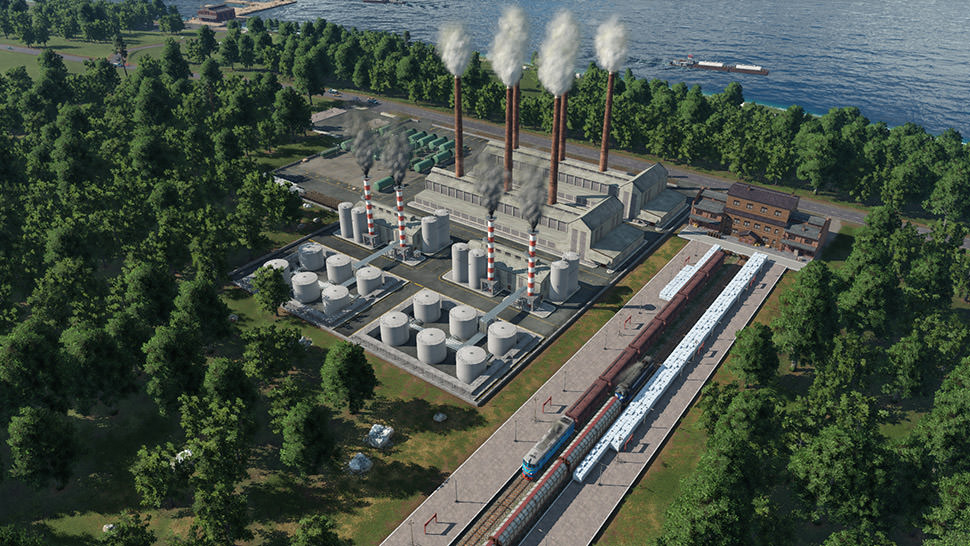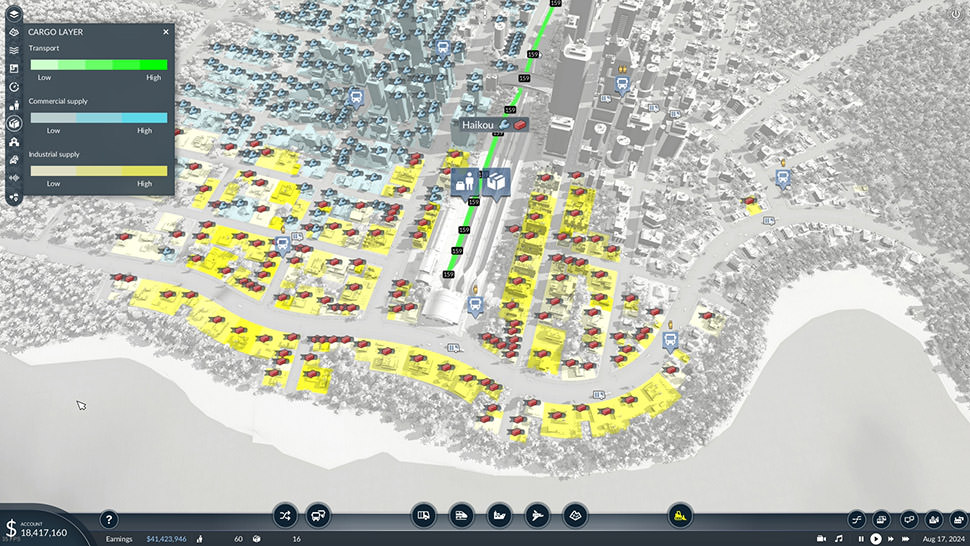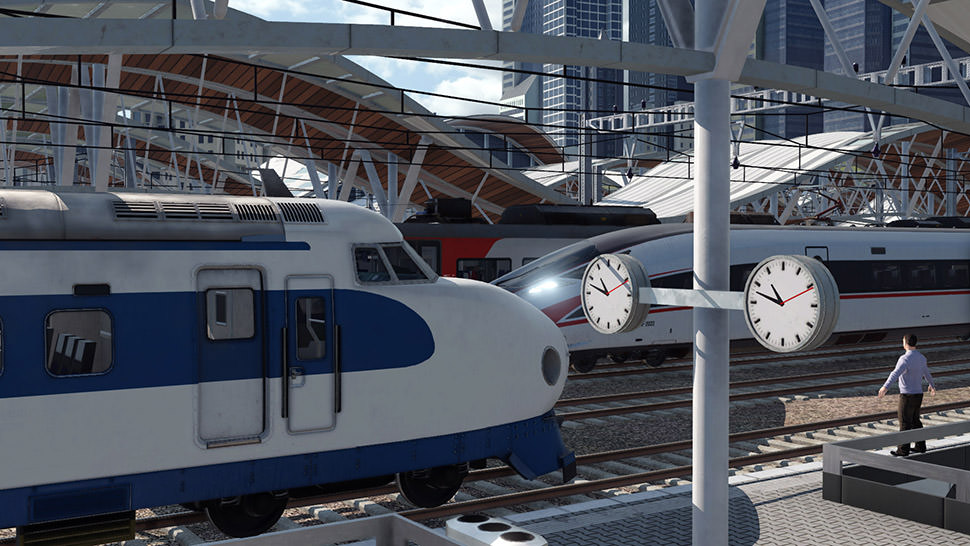Transport Fever 2 Review

 By Kevin Mitchell | Jan 9, 2020
By Kevin Mitchell | Jan 9, 2020
Transportation expansion is crucial to national prosperity, whether moving raw materials or ensuring timely public transit. Developer Urban Games has expanded upon their previous tycoon simulations, Transport Fever and Train Fever, taking players through 150+ years of global technological advancement.

The game's defining characteristic is its lack of competition from players or AI opponents. This absence of urgency creates a relaxing experience focused on creativity rather than racing against competitors for resources. In Transport Fever 2, currency flows freely, even in campaign mode.
Unlike city simulators where you build entire urban landscapes, Transport Fever 2 tasks you with connecting existing cities. Technology is era-appropriate, with the campaign beginning in the mid-nineteenth century when railroads united nations. Need to move citizens across town? Build bus stops and create routes linking locations. "Buses" of this era mean stagecoaches, horse-drawn carriages, and steam engines.

Building service lines across road, rail, sea, or air requires appropriate depots for vehicle purchase and assignment. Stops must be placed near resources and their destinations. For instance, a "truck" stop near a plantation stores coffee beans, connecting to another stop near an importing city. Vehicles feature varying stats for cargo capacity, cost, speed, wear and tear, and compatible goods.
While city development isn't directly controlled, your transportation advances influence expansion. Connecting city corners and neighboring locations boosts the economy. However, new buildings may arise around your transportation systems, bringing complaints about emissions, traffic, or noise. Color-coded transportation lines (with customizable vehicle colors) facilitate easy distinction. Custom naming helps quick selection without scrolling through generic labels. The game alerts you to problems, like underutilized routes, with direct navigation to affected stops.

A notable issue in chapter one's third mission, documented in Steam discussions, involves the initial water transportation system. Boats meant to transport whiskey from distilleries inexplicably seek metal instead. Stops are proximity-based rather than resource-specific, and no amount of reconstruction resolves this issue, forcing mission restarts.
Buildings feature modular expansion and customization. Train stations can add waiting rooms, platforms, and underground passages. While additions place easily, initial structure placement proves frustrating. Preset rotation intervals often conflict with nearby infrastructure. Mouse control feels unintuitive, and customizing dimensions and track/pier quantities results in finicky road and rail placement.

Campaign objectives are nearly impossible to fail, with challenge stemming from efficiency rather than completion. Tasks can extend when overlooking population needs. For example, connecting cities by rail and achieving twenty inter-city visits requires efficient public transportation to access the rail system.
Simply Put
Transport Fever 2 emphasizes creative freedom over failure conditions in designing transportation systems. The voice-narrated campaign spans three chapters, introducing transportation methods and mechanics. The sandbox mode generates procedural maps with USA, Europe, or Asian architectural styles. Steam Workshop support provides hundreds of community-created maps, vehicles, stations, and trucks, enhancing replayability.
Note: Transport Fever 2 was reviewed on PC. A digital copy of the game was provided by the publisher/developer.




